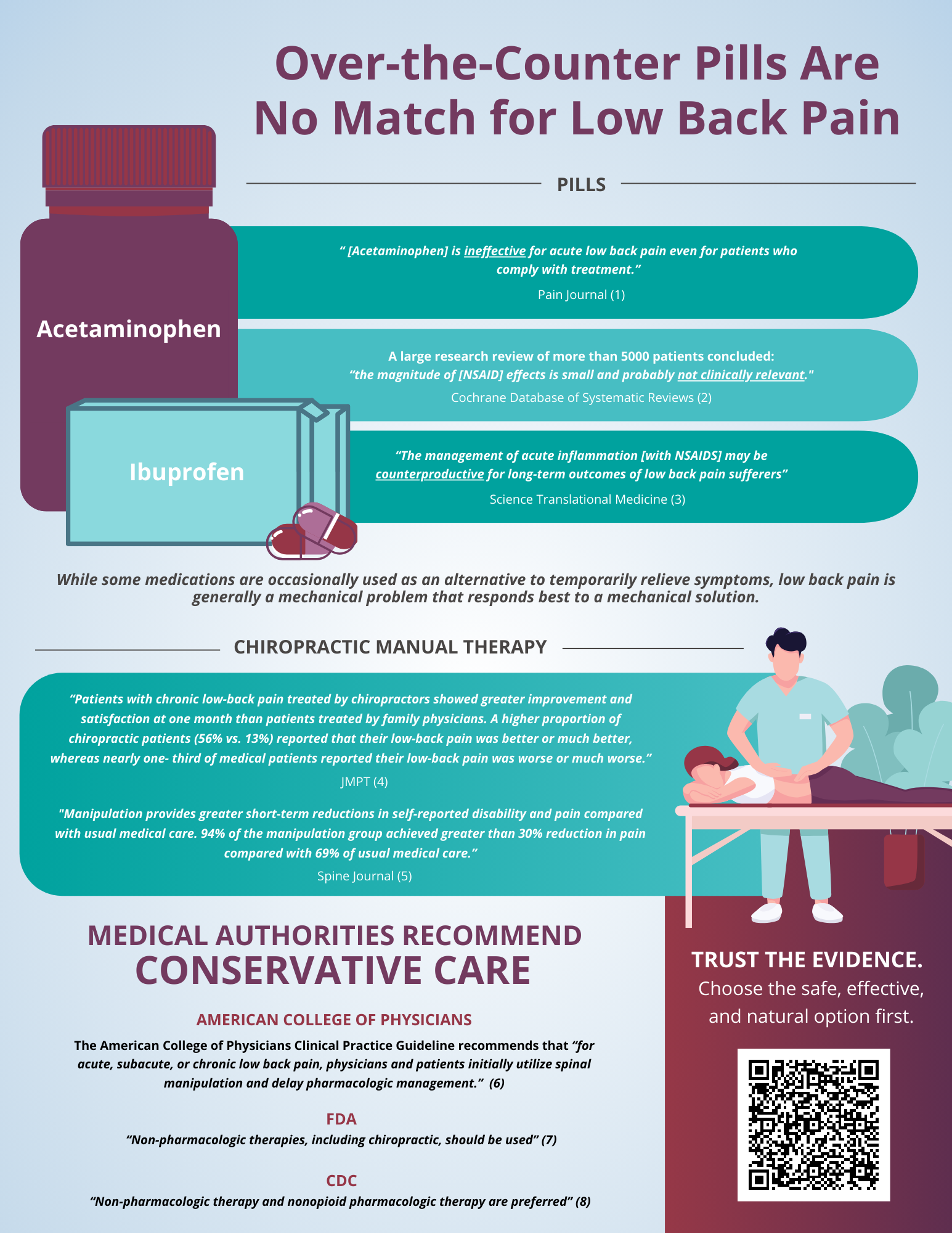Answers to Common Questions About Epidural Steroid Injections
Chiropractors must acknowledge the prevalence of epidural steroid injections (ESI) as a potential therapeutic option for their patients. Many patients undergo lumbar ESI before seeking chiropractic care. Alternatively, some chiropractors incorporate ESIs into their treatment plans for challenging cases. Regardless of when the injection occurred, it is crucial to understand when to use an ESI and be aware of the potential side effects of this treatment method.
Consider the following aspects when discussing lumbar epidural steroid injections (ESI) with your patients:
Epidural Steroid Injections Not Useful For Neurogenic Claudication
Signs of neurogenic claudication:
Pain and discomfort in the legs, thighs, or buttocks. The discomfort may radiate down into the calves or feet.
Symptoms are aggravated by walking or standing.
Leg discomfort is relieved by lumbar flexion.
Gradual onset of symptoms.
Associated with spinal stenosis
Findings by Bussières (2021) from The Journal of Pain suggest that patient presentations, including neurogenic claudication, are not effective treatment strategies.
"For patients with lumbar spinal stenosis causing neurogenic claudication, we recommend against the use of the following pharmacological therapies: non-steroidal anti-inflammatory drugs, methylcobalamin, calcitonin, paracetamol, opioids, muscle relaxants, pregabalin (consensus-based), gabapentin (very low-quality), and epidural steroidal injections (high-quality evidence)" (1)
Mechanical problems require mechanical solutions. 😊
Also, the off-label prescription of gabapentin and pregabalin is prevalent despite a recent systematic review finding no evidence supporting their use for neuropathic pain in the lower back or leg.
ChiroUp subscribers can download this infographic for patients considering medication in the forms library by searching “Medication”.
Epidurals Are Not A Long-term Treatment Strategy.
Lumbar steroid injections may temporarily relieve nerve inflammation or damage, allowing patients to resume normal daily activities. However, ESI therapy only provides short-term relief, typically lasting days to a couple of weeks. Collaborating with a local pain management physician for chemical pain symptoms during painful episodes may be needed for some patients, enabling them to participate in exercise therapy and tolerate mechanical treatments in the chiropractic office.
Chemical Pain:
Constant pain
Recent onset (traumatic or possibly insidious)
Cardinal signs may be present – swelling, redness, heat, tenderness
Lasting aggravation of pain by all movements
No movement found that abolishes pain
Mechanical Pain:
More commonly intermittent, but may be constant
Specific repeated movements cause a lasting reduction or abolition of pain
Movements in one direction may worsen symptoms, whereas movements in the other direction will improve them
Educate your patients on the short-term pain relief benefits and the significant cost of this intervention. While some studies identify short-term pain relief, others show that epidural steroid injections offer no greater benefit to lumbar spine radiculopathy compared to a placebo (2).
Epidurals Do Have Side Effects
Some patients may experience side effects, with approximately 4.8% of those undergoing spinal injections reporting minor and transient systemic effects. These effects were more common in patients with a history of previous spine surgery or prior ESI. Other potential systemic effects include an increased risk of osteoarthritis at the spinal levels undergoing treatment (3).
Side effects associated with ESI include:
Temporary Increase in Pain
Infection at the Injection Site
Bleeding
Nerve Damage
Dural Puncture (Spinal Fluid Leak)
Allergic Reaction
Temporary Changes in Blood Sugar Levels
While these side effects are uncommon, they are linked to the procedure. The decision for each provider and patient should be tailored to the specific case, considering that the benefits may sometimes outweigh the potential drawbacks.
As chiropractors, mastering the entire playbook from top to bottom is imperative. Understanding all our options is crucial for delivering the best care to our patients.
In the ever-evolving landscape of research guiding best practices for the myriad conditions we treat, staying abreast of the latest developments is a non-negotiable commitment.
Enter ChiroUp, your invaluable ally in this journey. It not only consolidates all the latest research but presents it to you in a digestible and meticulously organized format – all conveniently available in one place. Updated weekly, the Research Review section on your homepage is your gateway to staying at the forefront of evidence-based chiropractic care.
If you don't have access to ChiroUp and would like to give it a try, you can get 2 weeks of FREE access by clicking the button below!
-
Bussières A, Cancelliere C, Ammendolia C, Comer CM, Al Zoubi F, Châtillon CE, Chernish G, Cox JM, Gliedt JA, Haskett D, Jensen RK. Non-surgical interventions for lumbar spinal stenosis leading to neurogenic claudication: a clinical practice guideline. The journal of pain. 2021 Sep 1;22(9):1015-39. Link
Negrini F. Are epidural corticosteroid injections effective for lumbosacral radicular pain? A Cochrane Review summary with commentary. NeuroRehabilitation. 2020 Oct 30(Preprint):1-3. Link
Chen HW, Wu WT, Wang JH, Lin CL, Hsu CY, Yeh KT. Epidural Steroid Injections and the Risk of Osteoporosis in Lumbar Spondylosis Patients: A Nationwide Population-Based Cohort Study. Pain Physician. 2023 May;26(3):307-316. PMID: 37192236. Link


